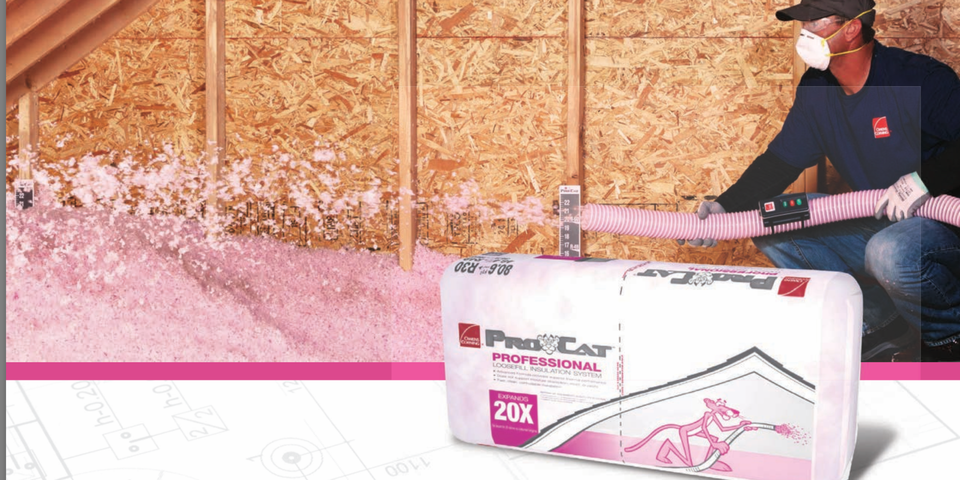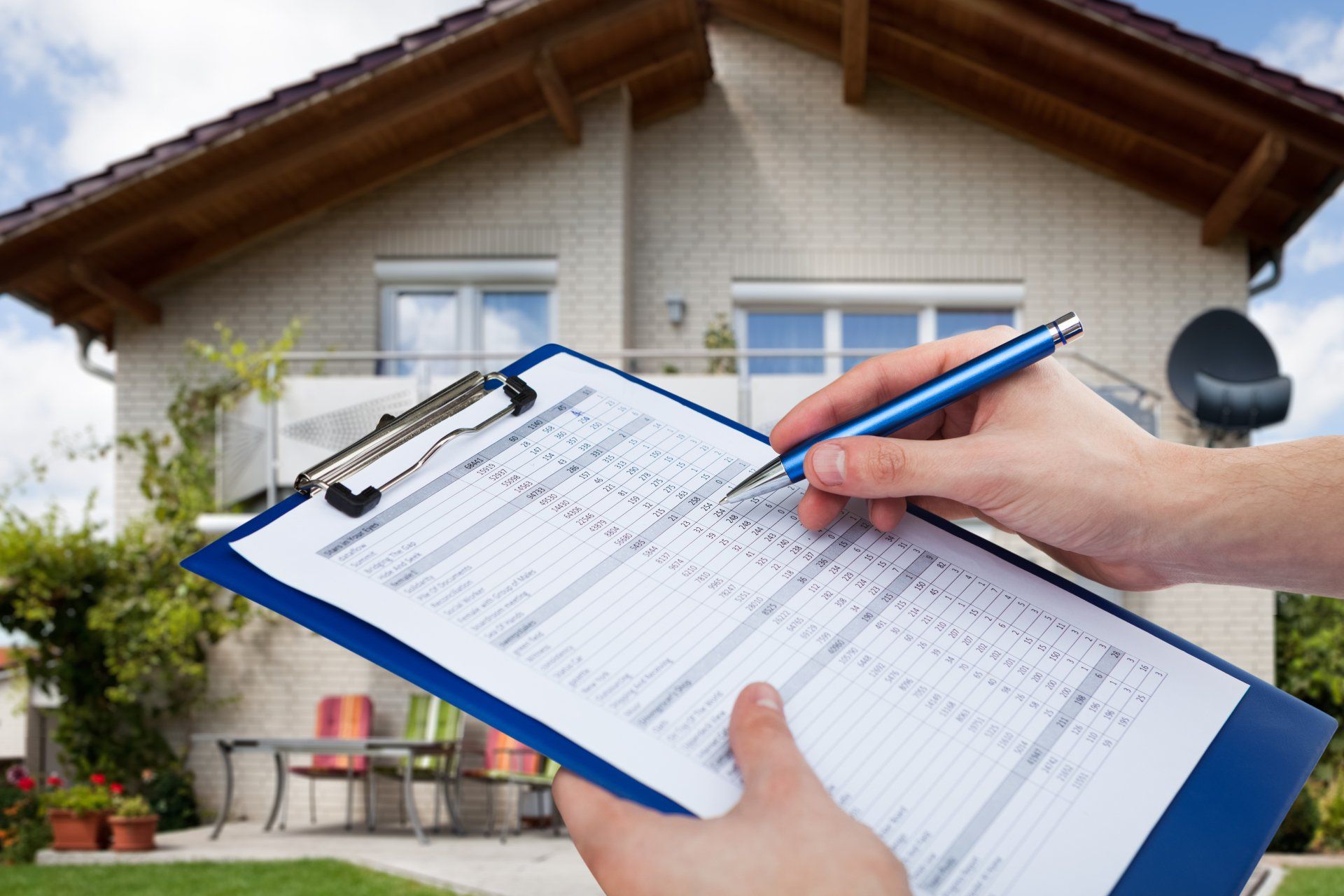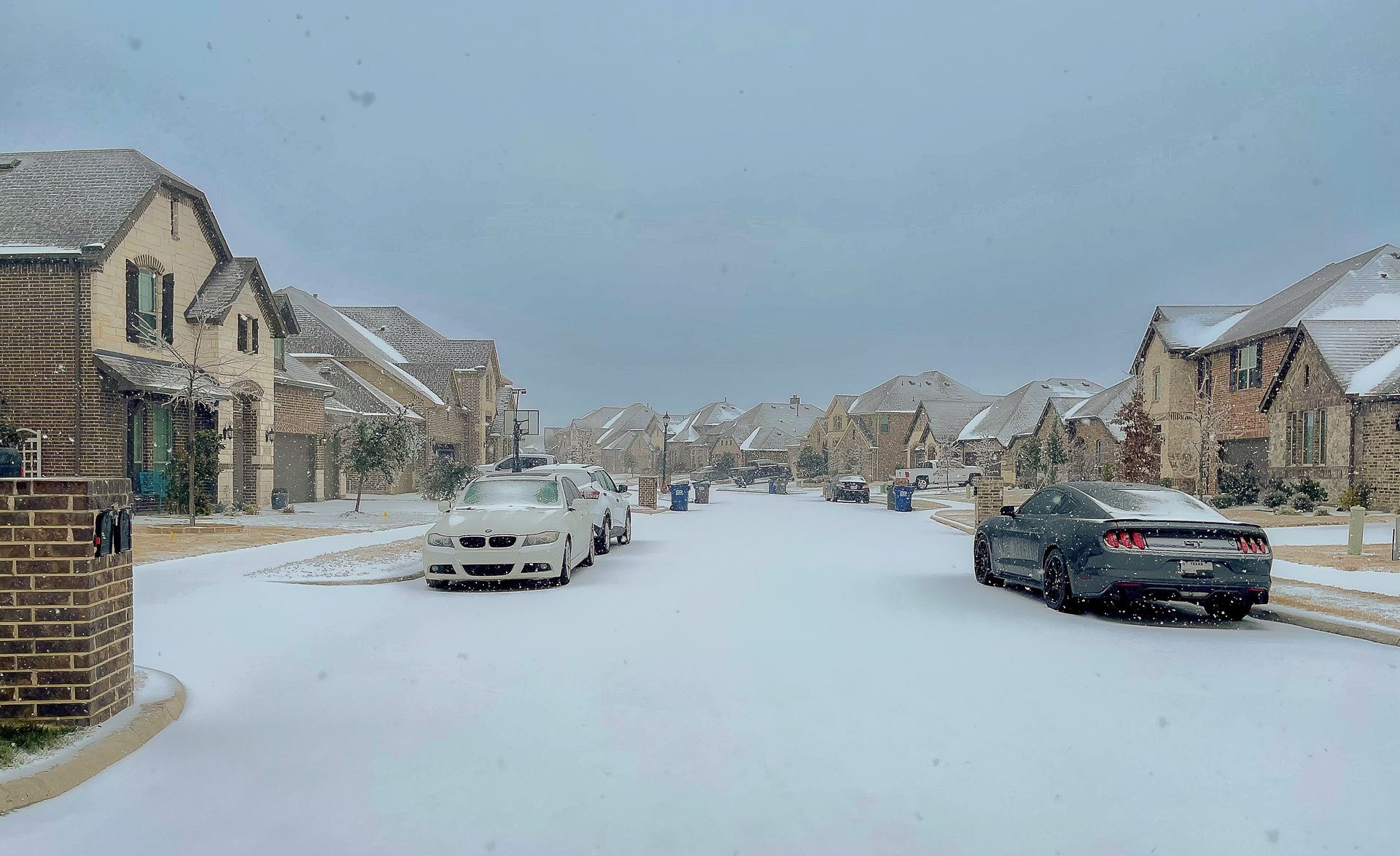Why is Insulation Important & What Type is Best for My Home?
January 12, 2021
The Importance of Home Insulation

If you have been thinking about installing additional insulation to your home or attic, you are probably researching which is the best type. Maybe you are interested in upgrading your current insulation. There are many different types of home insulation with a range of benefits, depending on the type of home and area of application. We’re going to be looking at a few insulation options and why it is so important for your home.
Why Is Insulation Important?
The main reason is that it helps to keep your home a consistent temperature. You want your home to maintain a comfortable temp at all times, especially through the winter months, and insulation can help with this. Your home's heating & cooling systems will work more efficiently to maintain the desired temp when you have adequate insulation in the walls and attic.
This is important throughout your entire home including your attic, so don’t forget about this area. There is a minimum amount of insulation needed in the attic to properly insulate your home. It is very common for the insulation to settle or shrink over time, minimizing its effectiveness. This is why it is important to schedule a professional inspection
at least once a year to determine if your home is properly insulated. Not only does insulation help to regulate the temperature in your attic, but it also aids in keeping the heat in your home.
Insulation doesn’t only keep the heat in, it also protects your home from it in the hotter months. When your home is properly insulated, you will be able to effectively maintain a cooler temperature in the Summer months, as well. Properly insulated walls, attics and second story floors, allow you to maintain a comfortable home no matter the weather outside. As your heating & cooling systems will be able to do their job efficiently, you should enjoy a more consistent, lower energy bill. A well insulated house is also an energy efficient house.
Blown In Insulation
The first type of insulation that we are going to look at is blown in insulation. It really is what it says on the tin. A machine is used by a professional in order to blow the loose fiber insulation into a desired area. We prefer this type of insulation in most cases as it is a simple application with a blown in machine, which we own. It is not only a quick application process, it provides complete, in-depth coverage of the entire attic and anywhere else that you want to insulate. The blown in option is a cost effective solution, which also makes for easy removal or adding more later if needed. It is bacteria resistant, mold & mildew resistant, as well as highly moisture resistant. You may also be pleased to know that there are different types of blown in insulation that you can choose from, depending on your needs. VIP prefers Owens Corning blown-in insulation
Blanket Insulation
Blanket insulation comes in a roll of foam-backed mineral fibre, glass, sheep’s wool, or felt. It’s a pretty simple process to install this and it fits easily into wall cavities, making it great for covering large areas of the wall. However, due to the nature of this type of insulation, you may find it difficult to try and get it into small spaces. Small spaces are more difficult to insulate with this type of material, so you would be better off using a blown in machine.
One of the biggest benefits of using blanket insulation is the fact that you can use it for a large area. You don’t have to waste time putting the insulation in piece by piece because this covers a large section straight away. This type is also a cost effective insulation solution which comes in varying thicknesses making it easy to reach the desired level.
Wall Insulation
There are a number of different types of wall insulation. It will depend on what kind of wall you have as to what material you should purchase for this. For example, if you have cavity walls, then you need to find something that will fit well within the cavity.
There is also solid wall and internal wall insulation. Make sure that you know what kind of walls you have in your home before you decide on materials. The type of wall, as well as future remodel plans, will impact your decision, so make sure that you are choosing carefully.
You should now know the importance of home insulation, as well as some of the types and their benefits. It is also essential that you take the time to research the different insulation types and decide which is best based on their benefits. We hope that you have found this article helpful.
If you need assistance determining if your home is properly insulated, call us today to schedule a risk-free inspection
855-VIP-HELP
Fill out my online form.







